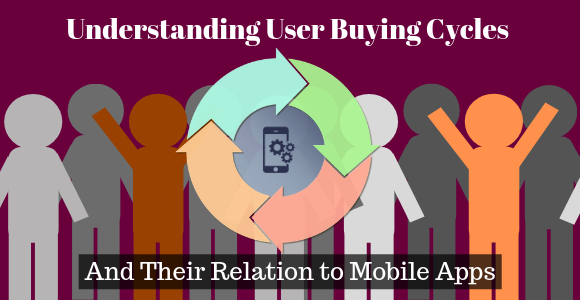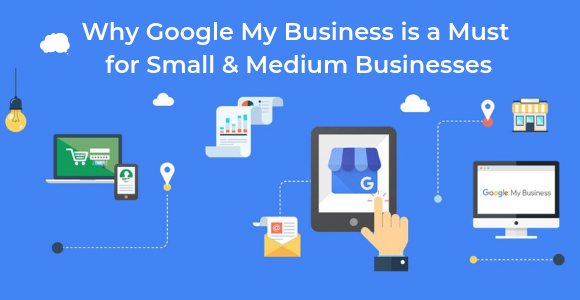As much as we sometimes hate to admit, all things must come full circle in life. That is true for leaves going from green to yellow to dead, to being born again. It is just as true for users and their buying cycles. Who is this blog for? Anyone. But, if you are an app developer, marketer, or involved in the content creation process in one way or another, this article will help you understand your target audience better.
So, first things first, what ground are we covering here?
We will go through what user buying cycles are, how they relate to mobile apps, and how people at the top are using yours to make you their follower.
User Buying Cycles In a Nutshell
The cycle every business wants to join.
Also known as purchase cycles, these refer to the shopping experience every consumer goes through when attaining a product. This process includes distinct deliberations, decisions, and actions. The number of stages each consumer goes through vary from one person to the next, however, there are four principal stages that apply to everyone:
- Awareness — the moment you realize there is a need you want to fulfill or the time you first discover a particular product.
- Consideration — the stage where you start evaluating your options and product alternatives.
- Purchase — that glorious moment when you part with your money in exchange for the product.
- Post-purchase loyalty — the stage where you either fall in love with the brand and stay loyal to it or decide to never repeat a purchase from them.
Can you recognize your own stages of making a purchase? Perhaps they vary depending on the kind of product you are buying, but the basic stages are always there… and marketers know that. That is why they have teams of insightful content creation professionals who tailor their copy depending on how far down the buying funnel you are. But that is a story for another time.
Great, but What About Apps?
Glad you asked.
For your app to end up on the screens of your targeted users, you simply need to know how they interact with apps in general. It is important you understand that each individual has a different cycle of downloading and installing new apps, no matter how familiar they are with the app creators and their previous apps. It is safe to say there are users who:
- Are eager to try out everything that is trending in which case your content creation team will have to come up with killer copy aside from mastering the right promotional channels.
- Keep trying new mobile apps on a regular basis, 2-3 every week (or day!).
- Install new apps at a high rate at the beginning of every month and stay away from the app store for the rest of it.
- Install apps only when they buy a new phone. Those are usually their must-have, go-to apps which means they are not likely to actively look for new app releases (unless you find a way to beat the features of their beloved apps and “steal them away” which is what the whole Instagram Stories versus Snapchat rivalry is all about).
- Only trust the recommendations of their close circle of friends and family when it comes to new apps. These are, in my opinion, the hardest group to attract because of the fluid nature of the external factors that influence their app downloading cycle.
It is easy to see how you need to put your best efforts into researching your target market’s buying cycle and practice, so you can not only launch your app at the right time, but to also promote it through proper content creation in a way that will encourage them to hit “download” and not scroll through.
How Marketers Trick Us
We all know they do it.
To keep it short, successful marketers follow the following steps in strategizing how to turn us into leads. They:
- Identify the different buyer personas that buy the product
- Identify the trigger(s) that typically get those personas into a serious buying mode
- Create relevant messaging and content for each buyer persona and trigger combination
- Take things one step further and try to be the ones who create the trigger event
The rest, as they say, is history… and brand-specific strategies.








